- AI

Artificial Intelligence

Smart Products & Services
We follow Smart Products & Services

Intelligent Business Functions & Processes
We follow Intelligent Business Functions & Processes

Robotic Process Automation
We follow Robotic Process Automation

Personalized
healthcareWe follow Personalized healthcare

Identifying at-risk patients
We follow Identifying at-risk patients

Optimized routing and scheduling
We follow Optimized routing and scheduling
- ML

Machine Learning

Predictive
AnalyticsWe follow Predictive Analytics

Service Personalization
We follow Service Personalization

NLP
We follow NLP (Natural Language Processing)

Stock Market Forecasting
We follow Stock Market Forecasting

Fraud Prevention
We follow Fraud Prevention

Recommender engines
We follow Recommender engines
- blockchain
- IOT

Internet of Things
- AR
- Business Solutions
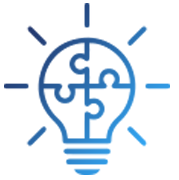
Business Solution

Business Performance Management
We follow Business Performance Management

Decision Making & Big Data Analytics
We follow Decision Making & Big Data Analytics

Enterprise Data Management
We follow Enterprise Data Management
- Apps

Apps

Native Apps
We follow Native Apps

Cross Platform Apps
We follow Cross Platform Apps

Web Apps
We follow Web Apps

Hybrid Apps
We follow Hybrid Apps

Cloud Native Apps
We follow Cloud Native Apps
- Lab
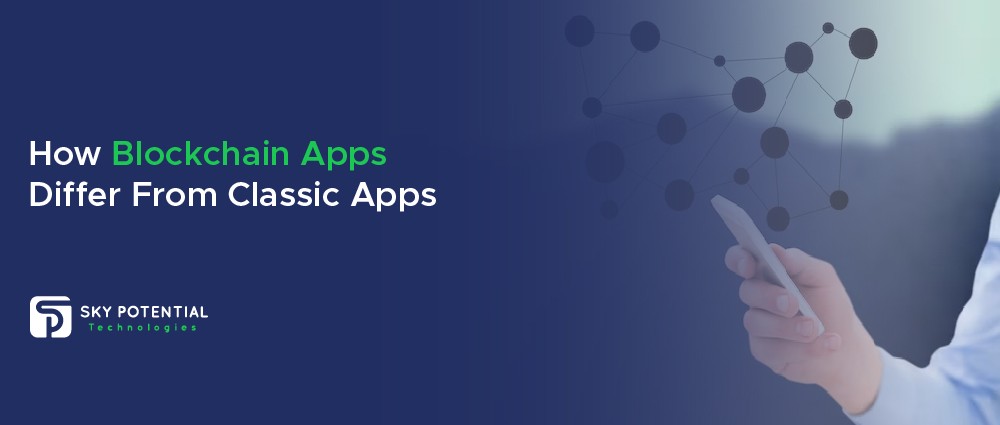
How Blockchain Apps Differ From Classic Apps?
If you’re thinking about creating an app for your business, you need help deciding between two paths: building a centralised app or a decentralised one. It’s a puzzle, and the answer isn’t obvious. Your choice should match what you need. In this piece, our blockchain app development company compares these app types so you can figure out how to roll ahead with your marketing and development push. Let’s break it down first.
What’s a Centralised App?

Centralised apps are those that we use every day. Single companies own these apps and run on a single server or a group of servers. In simpler terms, when you download an app from a store, you’re basically installing a copy of the app on your device that communicates with and retrieves information from this central server. These apps have three types: Native, Hybrid, and Web.
Native Mobile Apps
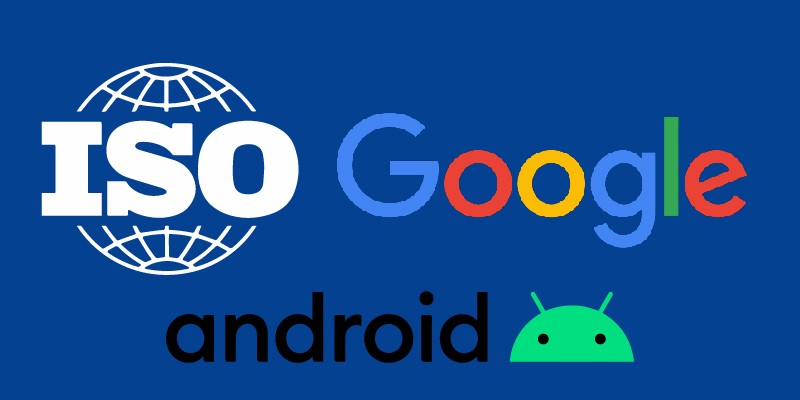
When an app is made just for one platform, like Apple iOS, Google Android, or Microsoft’s Windows Phone, it’s called a native mobile app. A notable benefit of these apps is that they are optimised to perform exceptionally well on their designated platform. The top five native mobile apps in 2023 are WhatsApp, Spotify, Waze, Tesla, and SoundCloud.
Hybrid Mobile Apps
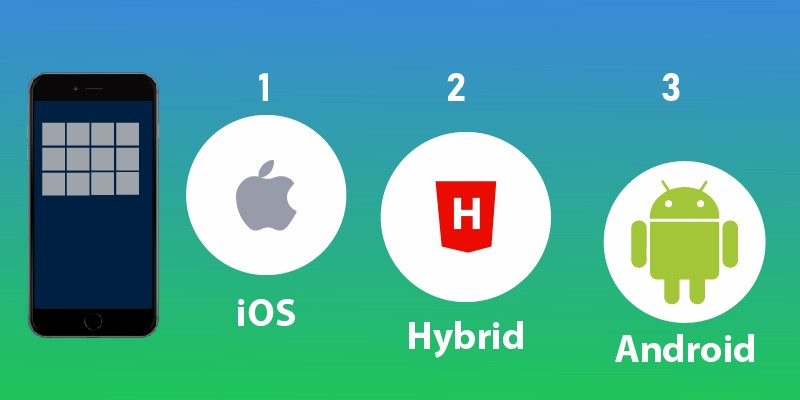
These apps use HTML5 and work through a web browser, but you can put them on devices like regular apps. They’re called hybrid apps. These are great if your business is all about delivering content. And they save you time and money because you don’t need to build separate apps for different platforms. Discord, BMW App, Twitter, NerdWallet, and Uber are the top hybrid mobile apps.
Web Apps

Developers create web applications using standard programming languages; however, these applications need access to mobile-specific features, and businesses cannot distribute them through app stores. Anyone can use a web app for all sorts of things. Most work on any browser, but some need a specific one. The most incredible web apps in 2023 are Soundslice, 2048 Game, MakeMyTrip, Pinterest, and Yummly.
Phones are way more popular than computers, laptops, or tablets when getting digital stuff. This has led to better ways to make mobile apps. So, these centralised apps are a big part of our daily lives and businesses that want to reach many users. But what’s good and not-so-good about them?
Pros and Cons of Centralised Apps
Let’s check out the ups and downs of centralised apps. They do have some clear advantages compared to DApps. For starters, developers control the app and how folks use it. Updates are also a breeze – they automatically zip to users’ devices. Big businesses find centralised apps handy when handling loads of visitors due to their ability to manage high traffic.
However, it’s important to note that you should pay attention to the disadvantages of using these apps.
If there’s a system hiccup, the app sits tight till it’s fixed, causing a hassle for users. And if folks can’t access the app for a while, they drift away, taking a toll on your business wallet.
Moreover, to protect data and user trust, you’ll have to open your purse strings now and then for cybersecurity and upkeep. Users automatically trust the app’s owner when they share personal information with certain apps. This trust stems from the need to safeguard and keep up with your central server as users and their info grow over time. App owners foot the bill to maintain the app, often offset by user subscriptions. They also handle the whole cost and scaling rigmarole, including price changes when traffic spikes.
And the heart of the matter is this – the biggest drawback is that a single outfit calls the shots at the backend. People worry about new privacy risks, data leaks, and sneaky sharing of personal info.
What Is a Decentralised App?
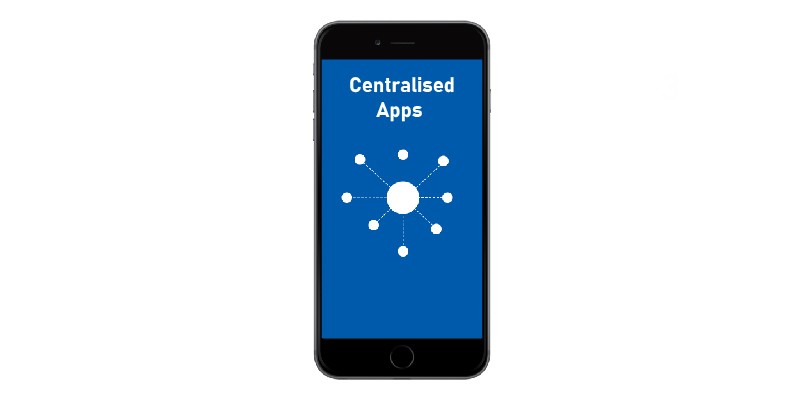
Let’s dive into what a decentralised app, or DApp, is all about. DApps works on a peer-to-peer blockchain network. These apps rely on smart contracts and the front end. Here’s how they roll: smart contracts make deals happen between two mystery parties, while the front end lets folks interact with the system. , users pay to engage with the smart contract and the blockchain system to do stuff and store data. The user foots the bill for using the system, not the system owner. The developer takes a cut for team upkeep or business expenses.
But we can only talk about DApps if we talk about smart contracts. So, what sets smart contracts apart from DApps? Smart contracts in the blockchain world are like codes that run on the Ethereum Virtual Machine (EVM). Think of them as translations of deals. These deals lay down the rules for transactions between two folks. A smart contract is a code living on the Ethereum blockchain. When a user goes to where it’s stored, it fires up the EVM and can tweak the chain.
Benefits of DApps
- Peer-to-Peer Network: Unlike traditional apps relying on single servers, DApps operate on a distributed network. This ensures uninterrupted availability and eliminates restrictions caused by server failures.
- Open Source: DApps’ open-source nature allows users to examine code changes. This fosters rapid and secure ecosystem growth, as users can review code without having direct influence over modifications.
- Data Storage: DApp data resides in decentralised blocks rather than a central authority controlling it, enhancing security and reducing vulnerability to data breaches.
- Transparency: DApps use cryptographic blocks to validate and establish data accuracy, creating a reliable source of truth. Moreover, user interactions with DApps maintain privacy, as actual identities aren’t always required, and external access to blockchain-stored data is possible.
Are you looking to create decentralised applications (DApps)? Elevate your journey with the expertise of a leading blockchain app development company in the UK.
Sky Potential UK brings you proficiency and mobile app development in the UK.
We also provide Excel in IoT technology strategy. Explore the realm of DApps or IoT tech with us.
Drawbacks of DApps
Besides its benefits, DApps also have some drawbacks.
- Security Concerns: Ensuring DApp security requires thorough steps. Conducting smart contract audits and penetration tests is crucial to identifying vulnerabilities and fortifying the code against potential attacks.
- Confidentiality: Developers must safeguard sensitive information like private keys and user data. While cryptography helps verify identities, protecting these keys and data is essential to prevent unauthorised access.
- Scalability Limits: Blockchains face challenges in processing high transaction volumes, affecting their scalability. As networks grow, interaction delays arise due to the need for nodes to sync activities, limiting throughput.
- Transaction Speed: Unlike conventional banking systems, blockchains often must catch up in transaction speed. Prominent blockchain technologies like Bitcoin and Ethereum handle fewer transactions per second than daily transaction networks like Visa.
- Transaction Fees: Transaction fees in blockchains can vary based on network activity and market dynamics. Excessively high fees can hinder broader blockchain adoption, while meager fees compromise security.
- Deployment Costs: Developing a blockchain app entails expenses related to features, complexity, and blockchain type. Private and public blockchains have distinct costs, impacting the choice of deployment.
- Security Risks: While blockchain is generally considered secure, occasional breaches and hacks of blockchain-based systems raise concerns about its vulnerability.
- Smart Contract Updates: Smart contracts, once deployed, are challenging to modify, hindering updates due to errors or changing business requirements. Although solutions exist, updating smart contracts remains intricate.
Despite these concerns, there is a chance that blockchain technology will evolve. Technological progress often overcomes barriers and adapts to meet emerging challenges like the natural world.
Use Cases for Decentralised Apps (DApps)
Sure, here are some practical applications of decentralised apps that can give you a solid start on your journey into the world of decentralisation:
Store value coins or Non-fiat coins
It signifies currency created by individuals or groups rather than a nation. This was indeed the initial application of decentralised technology using blockchain. Blockchain addresses crucial aspects in optimising the functionality of money. Additionally, blockchain’s robustness outperforms traditional systems. It enhances the reliability of money transfers. Transaction data remains visible and can always be externally verified or authenticated. Furthermore, blockchain enables secure money transfers to anyone globally who is connected to the network.
Real-World Assets Tokenization
Another compelling use case of decentralised apps is the tokenization of real-world assets. You can transform physical assets into digital tokens recorded on a blockchain. These tokens hold an intrinsic value with the support of authentic digital certificates. Because you cannot forge or duplicate these certificates, tokenization becomes a reliable way to establish ownership and origin for different custody. This practise is gaining a grip and could substantially change how we perceive and use tangible assets shortly.
Enhancing Consumer Entertainment
The consumer entertainment world, particularly gaming, also benefits from decentralised apps. Video games and related applications, like game items and avatars, generate significant revenue. However, the game’s ecosystem often confines players when it comes to owning and trading the virtual assets they purchase. Players can directly own, trade, and even resell these digital assets by integrating blockchain technology. Millions of gamers have actual ownership and control over their virtual property.
Decentralised apps offer a range of compelling use cases. As technology advances, the possibilities for their application can expand even further.
Top DApp Exciting Projects
Now, let’s go through the most exciting DApp projects of 2023.
OpenSea
OpenSea, begun in December 2017, takes an edge as a premier NFT marketplace. It is a hub for NFT lovers. OpenSea began on Ethereum and later integrated with Polygon to remove transaction fees. It shows multiple reputable NFT collections, like Bored Ape, CryptoPunks, and Mutant Ape Yacht Club.
PancakeSwap
It was launched in September 2020. PancakeSwap appears as a front-runner among dApps. You can attribute its overall favour to lower transaction fees, attracting a significant user base. The native token CAKE propels PancakeSwap, allowing users to invest in the platform’s future. CAKE has a market cap of $1.5B and trades at $5.43 (Mar 2022). It has a 24-hour volume of $170M with 276.6M tokens in circulation.
Splinterlands
Splinterlands came into existence in March 2021. Splinterlands gives a new way to play trading card games via Hive and WAX blockchains. The game stands out because of its unique feature rooted in blockchain-powered gameplay. It lets players own tokenised in-game assets and cards. The game sets it apart from traditional trading card games with this ownership strategy,
Rarible
Using an essential method from the DeFi trend, Rarible has strengthened its position. Rarible rewards art buyers and sellers with 75,000 RARI weekly tokens and encourages an active community. Rarible brings something unique to the forefront by merging art and blockchain.
These exciting projects define the energy of the DApp landscape in 2023. Each contributes its creative approach to blockchain technology.
Bomb Crypto
Bomb Crypto is an NFT-based play-to-earn game. It utilises the Unity game engine. Players receive a Bomb Hero NFT to play the game. It cost around $50. It also launched its token, BCOIN. BCOIN has a value of about $0.42. Bomb Crypto has a market worth of $4.5 million. It also has a trading volume of $5.1 million within 24 hours, which indicates its growth.
Conclusion
Centralised applications are familiar tools we interact with daily. However, the landscape of web technologies has introduced novel application architectures. DApps, or decentralised applications, represent this fresh approach, designed with a decentralised architecture. In this article, we have effectively outlined the disparities between traditional apps and DApps. Moreover, the article has provided a balanced assessment of the merits and demerits of both application types.
This article will be valuable, clarifying the nuances of centralised app and DApp development. If uncertainties persist, rest assured that Sky Potential UK stands ready to guide your decision-making process, assisting you in navigating this intricate choice and embarking on your mobile app development UK journey.
For tailored support in this complex landscape, consider Sky Potential UK—an accomplished blockchain app development companywith expertise in mobile app development in the UK.
Moreover, we also have expertise in IoT technology strategy. Call us now.



















































Leave a Reply